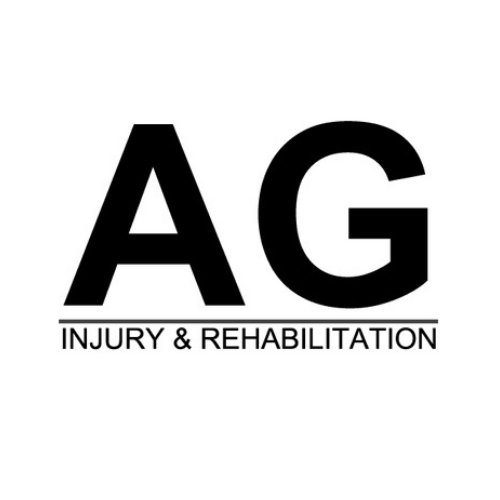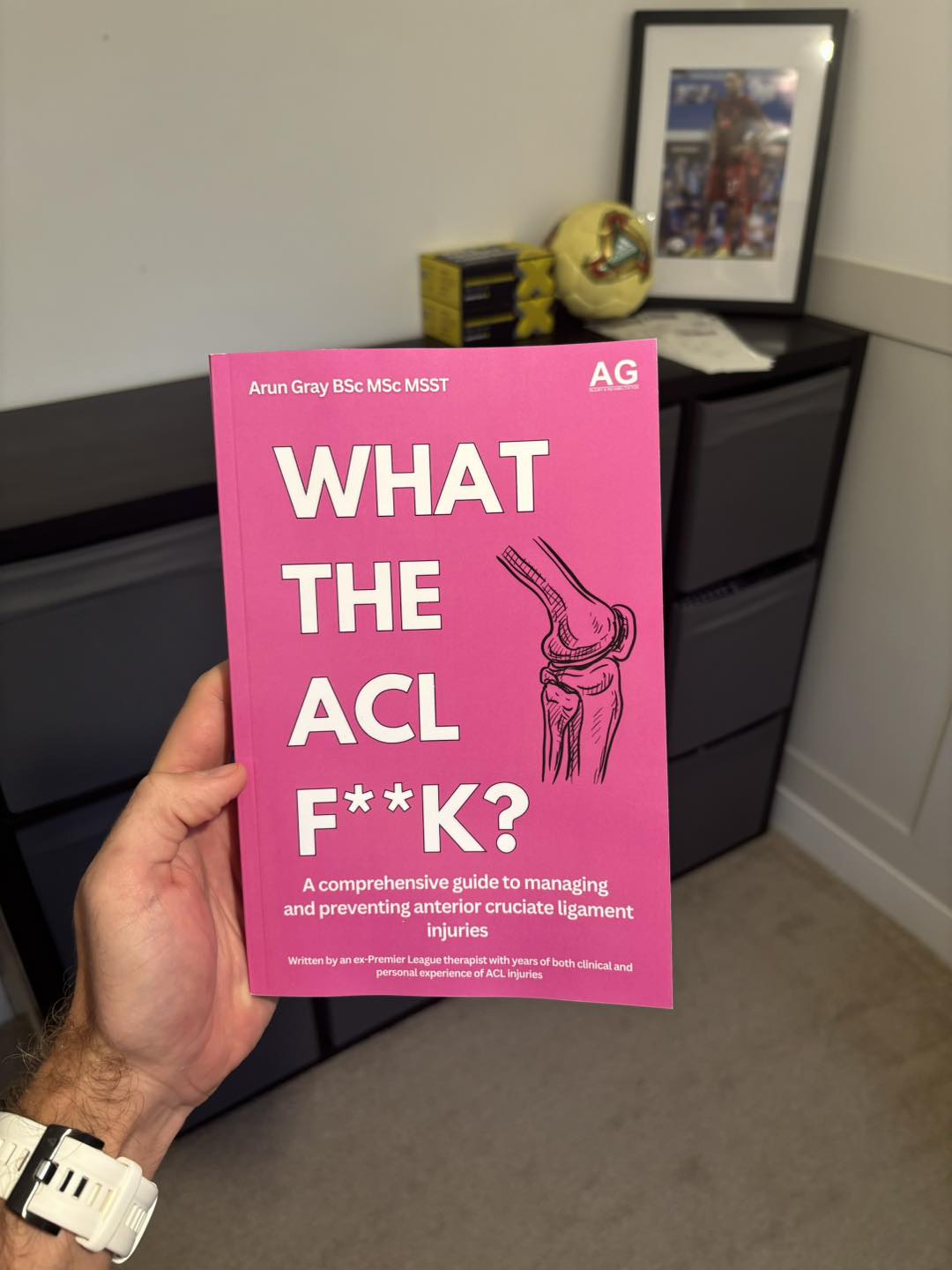Every time a female athlete steps onto the field or court, she faces an invisible opponent that her male counterparts rarely worry about - a significantly higher risk of ACL injury. While athletes of all genders deal with sports-related injuries, the striking reality is that women are up to 8 times more likely to experience an ACL tear.
This disparity isn't just a matter of chance or bad luck. It's rooted in a complex interplay of biological, anatomical, and biomechanical factors that make women uniquely vulnerable to ACL injuries. Understanding these factors and implementing proper prevention strategies has become crucial in protecting female athletes' long-term joint health and athletic careers.
ACL Injuries and Their Prevalence in Women
ACL injuries affect 200,000 to 250,000 people annually in the United States, with numbers doubling over the past 20 years. Female athletes face a notably higher risk, being 3 to 8 times more likely to experience ACL tears compared to their male counterparts.
The numbers are particularly striking in collegiate sports, where female NCAA athletes sustain ACL injuries at three times the rate of male athletes. Young female athletes show an even more pronounced difference, with up to 8 times higher likelihood of ACL tears than males. This disparity makes ACL injury prevention a key focus in women's sports medicine and athletic training programs.
Biological Factors Contributing to Higher ACL Injury Rates in Women
Monthly hormonal fluctuations play a significant role in ACL stability among female athletes. Studies show that hormonal changes affect ligament stiffness, making women more prone to ACL tears at specific times.
Estrogen levels particularly influence knee stability, as this hormone can modify ligament properties and joint flexibility. Research indicates that higher estrogen levels may increase ligament laxity, potentially making the ACL more vulnerable to injury during athletic activities.
Genetic factors also contribute to ACL injury risk in women. These inherited traits can affect ligament strength, joint structure, and overall susceptibility to knee injuries during sports participation.
Anatomical Differences Between Men and Women Affecting ACL Injury Risk
Several physical differences make women more prone to ACL injuries during sports activities. Women commonly display "knock-kneed" alignment, which places extra stress on the ACL. Additionally, women typically have looser joints overall, increasing the risk for all ligaments, including the ACL.
The size of the ACL itself differs between genders, with women having a smaller ligament relative to their body size. Landing mechanics also vary - female athletes tend to land with straighter legs during jumping activities compared to men, creating higher impact forces on the knee joint and ACL.
Lifestyle and Training Factors Influencing ACL Injuries in Female Athletes
Youth athletics account for 25% of ACL injuries, with a 2.5% annual increase in the United States. The rise in competitive sports participation among women has led to more ACL tears and knee injuries during athletic activities.
Training methods play a key role in injury prevention. Common mistakes like insufficient warm-up, poor landing technique, and inadequate strength conditioning can increase the risk of ACL damage. Female athletes who participate in sports with frequent jumping, cutting, and pivoting movements face higher injury rates.
Proper conditioning and training programs that focus on strength, balance, and movement patterns help reduce ACL injury risk in women's sports.
Neuromuscular Training Programs for ACL Injury Prevention
Female athletes who follow structured neuromuscular training see notable reductions in ACL injury rates. These programs combine resistance training, balance work, and movement control exercises performed for 20 minutes at least twice weekly.
Key components include strength exercises, stability drills, plyometric movements, and core conditioning. The programs work best when coaches provide verbal feedback on form and technique during training sessions. Female athletes practicing these exercises show better knee control and reduced injury risk during sports activities.
Movement pattern training helps women develop safer landing and cutting techniques, while balance exercises build stability for quick directional changes common in sports.
Strength Training Exercises Targeting ACL Injury Prevention
Walking lunges build quadriceps strength and improve knee stability during sports movements. Hamstring leans target the posterior thigh muscles, creating better balance between front and back leg strength. Single toe raises add calf power while improving overall balance control.
Squats work multiple muscle groups while teaching proper knee alignment. This exercise strengthens both quadriceps and hamstrings simultaneously. Split jumps rank among the most effective exercises for ACL protection, as they build power and control through sport-specific movements.
These exercises work best when performed with correct form and incorporated into regular training sessions. Female athletes should focus on maintaining proper alignment throughout each movement.
Proper Techniques for Landing, Cutting, and Pivoting to Reduce Injury Risk
Landing technique plays a major role in ACL safety during sports. Athletes should land with bent knees and legs aligned straight, avoiding inward knee collapse. Landing on the balls of the feet helps absorb impact better than heel-first contact.
Body position during quick movements affects knee stability. When cutting or changing direction, athletes should maintain a slight knee bend and keep their center of gravity low. Both feet should contact the ground at the same time during landings.
For pivoting movements, players need to stay in a semi-crouched stance. This position keeps the knees slightly flexed and hips back, reducing strain on the ACL during rapid directional changes common in basketball, soccer, and field sports.
The Role of Footwear and Equipment in Injury Prevention
Athletic shoes provide a base of stability for female athletes during sports movements. Proper footwear with good arch support and cushioning helps control knee motion during landing and cutting actions. Women need shoes sized correctly for their foot shape to maintain stability during quick movements. Early studies also show football grip socks can help to prevent injuries during matches.
Recent advances in sports equipment include knee braces and compression gear designed for the female body. These items offer extra support during high-impact activities. However, equipment alone cannot prevent ACL tears without proper training and technique.
When selecting sports gear, women should pick shoes with non-slip soles and adequate ankle support. Regular checks for wear patterns help determine when to replace athletic footwear to maintain protection during sports activities.
Importance of Early Intervention and Preventive Training for Young Female Athletes
Medical professionals recommend starting ACL prevention exercises during the early teen years. This timing matches with key physical development stages, allowing young athletes to build strength before reaching higher-risk age groups.
Starting prevention programs early helps young female athletes develop proper movement patterns that stay with them throughout their sports careers. Training should focus on basic exercises that build hip and core strength while teaching correct jumping and landing form.
Professional supervision during training sessions helps young athletes learn proper techniques. Coaches and trainers should monitor form closely and provide specific feedback to prevent bad habits from developing.
Rehabilitation Strategies Specific to Women Following ACL Injuries
Recovery programs for female athletes require specific attention to hormonal influences and anatomical differences. Physical therapists design step-by-step plans that account for women's unique joint structure and muscle patterns.
The return-to-sport process follows distinct phases, starting with basic movement restoration and progressing to sport-specific activities. Women typically begin with controlled exercises to rebuild quad and hamstring strength before advancing to balance training and agility drills.
Many female athletes report positive outcomes through dedicated rehabilitation. Olympic soccer player Alex Morgan and WNBA star Candace Parker both returned to elite competition after ACL reconstruction, showing the effectiveness of female-focused recovery protocols.
Long-Term Consequences of ACL Injuries and the Importance of Prevention
ACL tears lead to increased arthritis risk later in life for female athletes. Studies link knee injuries to joint deterioration, showing higher rates of osteoarthritis in women who experienced ACL damage during their athletic careers.
The financial impact is substantial, with ACL injury costs over half a billion dollars annually in healthcare expenses. Treatment often requires surgery, rehabilitation, and ongoing medical care.
Female athletes may experience reduced participation in sports activities following ACL injuries. This limitation affects both competitive athletics and recreational sports involvement, highlighting why prevention programs matter for maintaining long-term joint health and athletic performance.
Expert Insights on Recent Advancements in ACL Injury Prevention for Women
Sports medicine specialists now recommend individualized prevention strategies for female athletes based on their specific physical traits and activity patterns. Research points to the success of programs that account for anatomical differences, movement patterns, and outside factors affecting knee stability.
Combined training methods show the best results in reducing ACL tears among women athletes. Programs mixing strength and balance exercises have produced better outcomes than single-focus approaches. Physical therapists note that when these exercises start during pre-season training, female athletes display better knee control during competitive play.
Doctors and trainers emphasize correcting movement patterns early, particularly in sports like soccer and basketball where quick direction changes put stress on knee ligaments.
Case Studies: Female Athletes' ACL Recovery Stories
Professional soccer player Sydney Leroux returned to the field after ACL reconstruction in 2019. Her recovery focused on modified strength training and gradual progression back to running and ball skills. Leroux credits her successful comeback to following a women-specific rehabilitation program.
Basketball standout Sue Bird faced ACL tears in both knees during her career. She modified her playing style post-recovery, adding protective exercises to her daily routine. Bird's experience shows how proper rehabilitation and prevention strategies allow female athletes to continue competing at high levels.
Olympic gymnast Kyla Ross adapted her training after an ACL injury, incorporating specific landing drills and balance work. Her story highlights how young athletes can adjust their techniques to prevent future knee problems while maintaining competitive performance.
Protecting Female Athletes' Future
The landscape of ACL injury prevention in women's sports continues to evolve, with promising advances in understanding and addressing the unique challenges female athletes face. From hormone-conscious training schedules to specialized rehabilitation protocols, the medical community is developing increasingly sophisticated approaches to protect women's knee health.
The future of female athletics depends on continued research and implementation of these prevention strategies. By combining proper training techniques, early intervention, and gender-specific approaches, we can work toward closing the gender gap in ACL injuries and ensure that female athletes can perform at their peak while maintaining long-term joint health.

